How we got here
With the school year starting amidst ongoing road construction around Mounds View, the difficulty of driving to school has brought new attention to the dependency on cars for transportation.
This phenomenon is not limited to the area surrounding Mounds View. Across the U.S., cars reign supreme. According to the American Community Survey, 85% of workers commute to work by car, while only 5% of Americans travel to work via public transportation. “If you don’t [have a car], you’re relying on things like public transportation, [but] not all areas have good systems in place for that,” said Emily Dagget, social studies teacher.
If you don’t [have a car], you’re relying on things like public transportation, [but] not all areas have good systems in place for that.
— Emily Dagget, social studies teacher
The reliance on cars in the U.S. originates from the mass production of cars. The assembly line and specialization allowed cars to be accessible to millions of middle-class Americans in the early 1900s, so much so that by the mid-1930s, there was one car for every two American households, according to Bloomberg News.
This abundance of cars fundamentally changed the way that people went about their daily lives. “It used to be where you live in a town and had easy access to all the places you would need to go,” said Dagget. “We’ve seen the structures of cities change to where it’s almost a necessity to have a car at this point.”
However, this gradual shift is not the only cause of car superiority. In the 1950s, the U.S. began constructing the Interstate Highway System in response to the surge in car popularity. This created programs with goals of “urban renewal” and “slum clearance,” which replaced poorer neighborhoods with road systems. As a result, many urban communities — the majority of which were minority neighborhoods — were forced to split up as the construction of highways displaced residents and businesses.
Along with destroying neighborhoods, car reliance also caused the destruction of public transportation. In the late 1950s, public transportation infrastructure, such as trolleys and streetcars, began disappearing. The recurring pattern of rising car usage, which in turn fueled greater investment in car infrastructure, corrupted the pedestrian-friendly aspects of the United States. This resulted in an underdeveloped transportation network that persists today.
In the Mounds View area, the effects of suburban sprawl are displayed by the diffusion of single-family homes, de facto segregation and an extreme reliance on cars evident in the limited presence of bikes and the substantial congesting of Lake Valentine Road and the parking lot.
The U.S.’s heavy reliance on cars has been a long-standing problem that has only been compounded in recent years, with the construction near Mounds View a local example of a phenomenon seen across the nation. The absence of alternative methods of transportation leaves Americans helpless when driving isn’t an option.


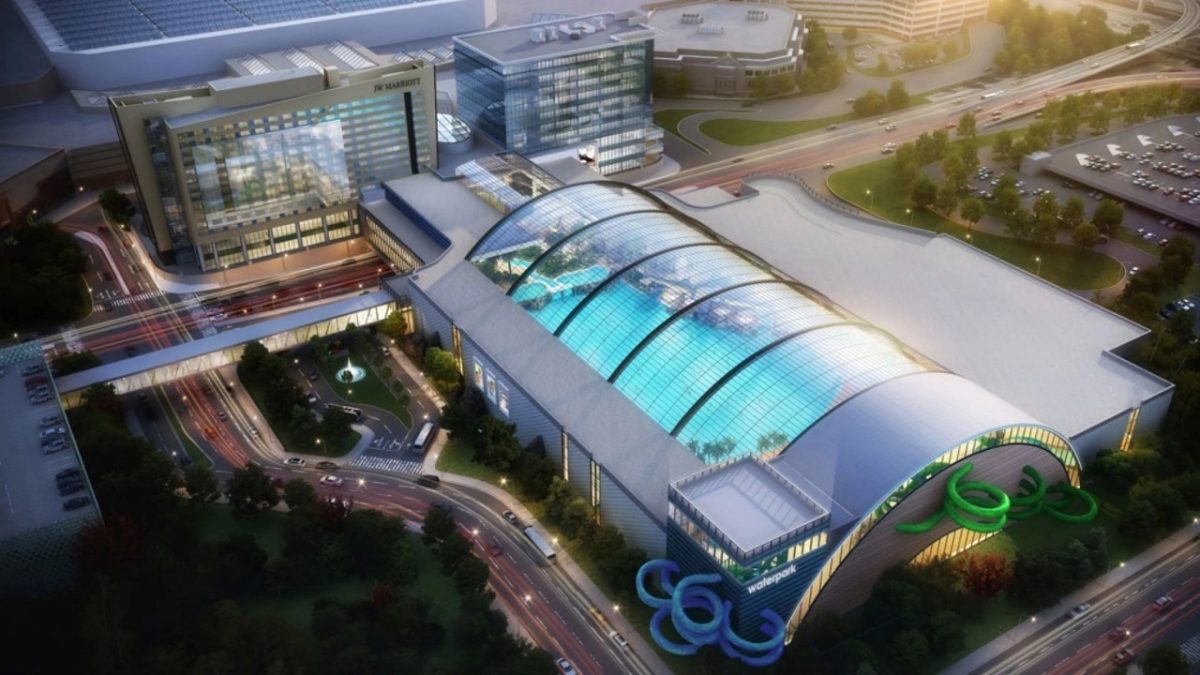
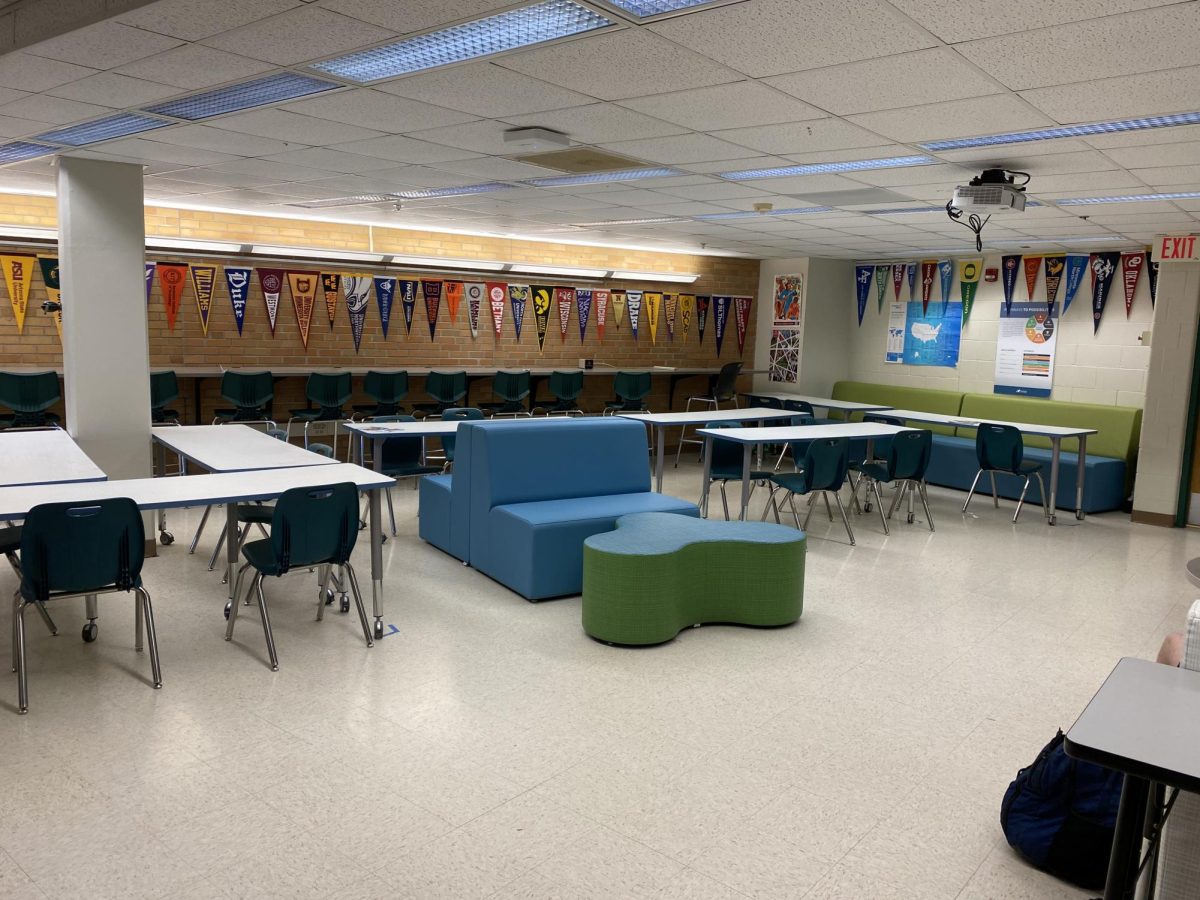
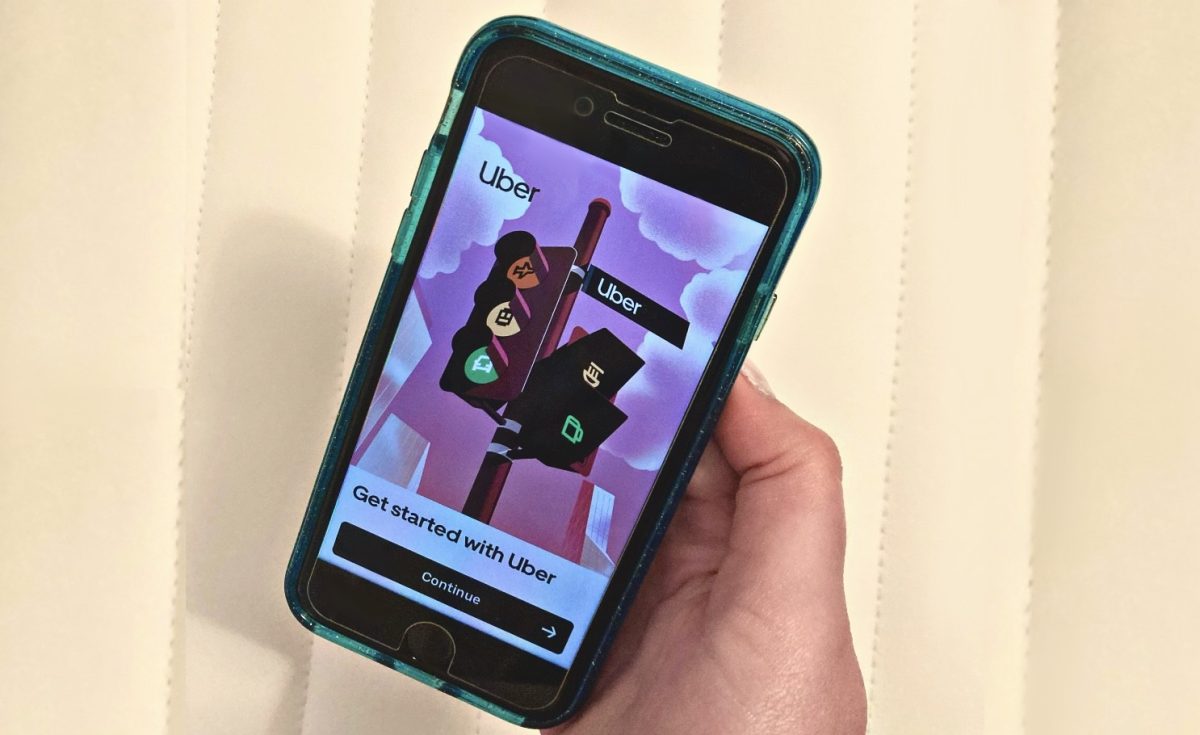

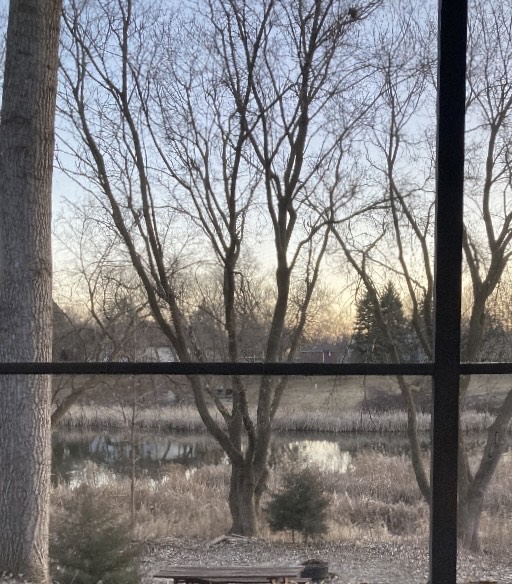
![[OPINION] Tradwife trends exclude women of color](https://www.mvviewer.org/wp-content/uploads/2024/04/Untitled184-1200x873.jpg)
![[OPINION] If you want him to, just ask](https://www.mvviewer.org/wp-content/uploads/2022/10/vieweredit-32-1200x850.jpg)
![[OPINION] Public speaking should be mandatory](https://www.mvviewer.org/wp-content/uploads/2024/04/Untitled177-1200x900.png)
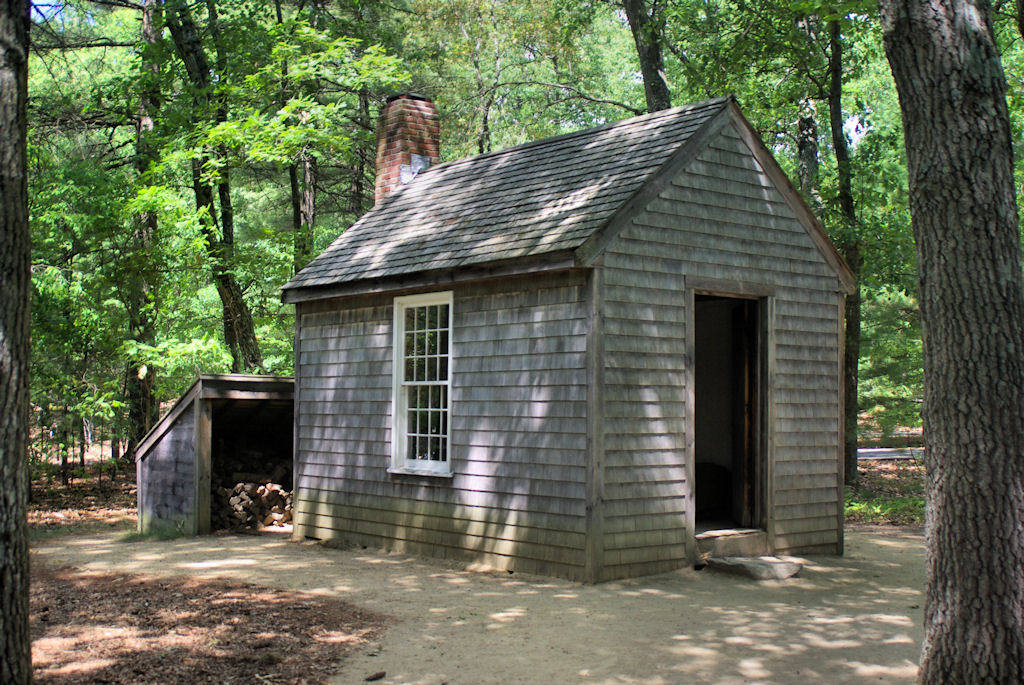
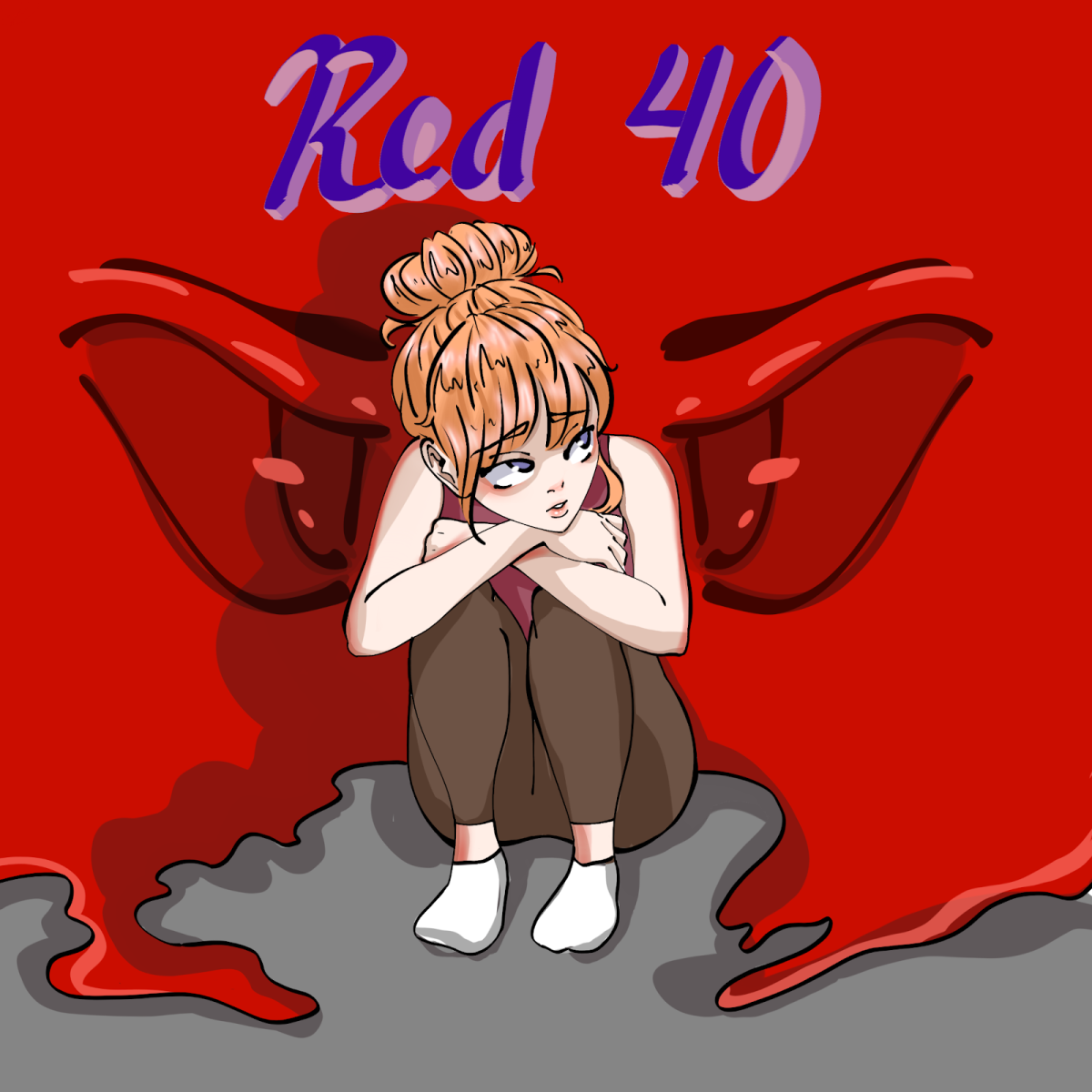



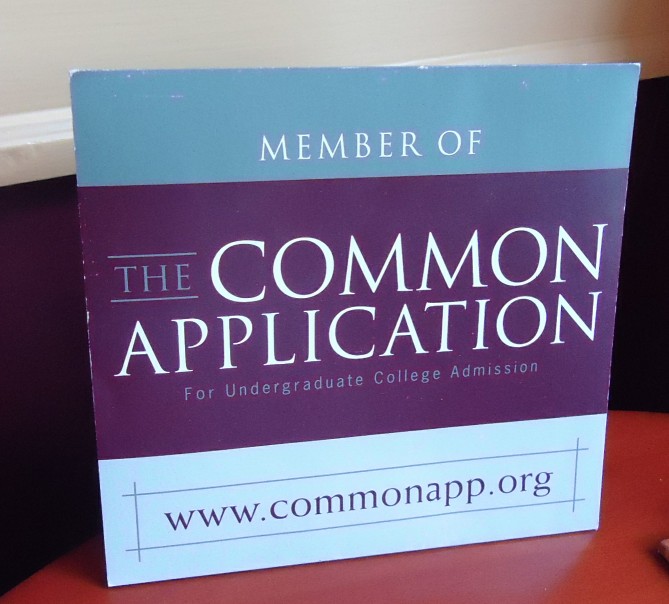
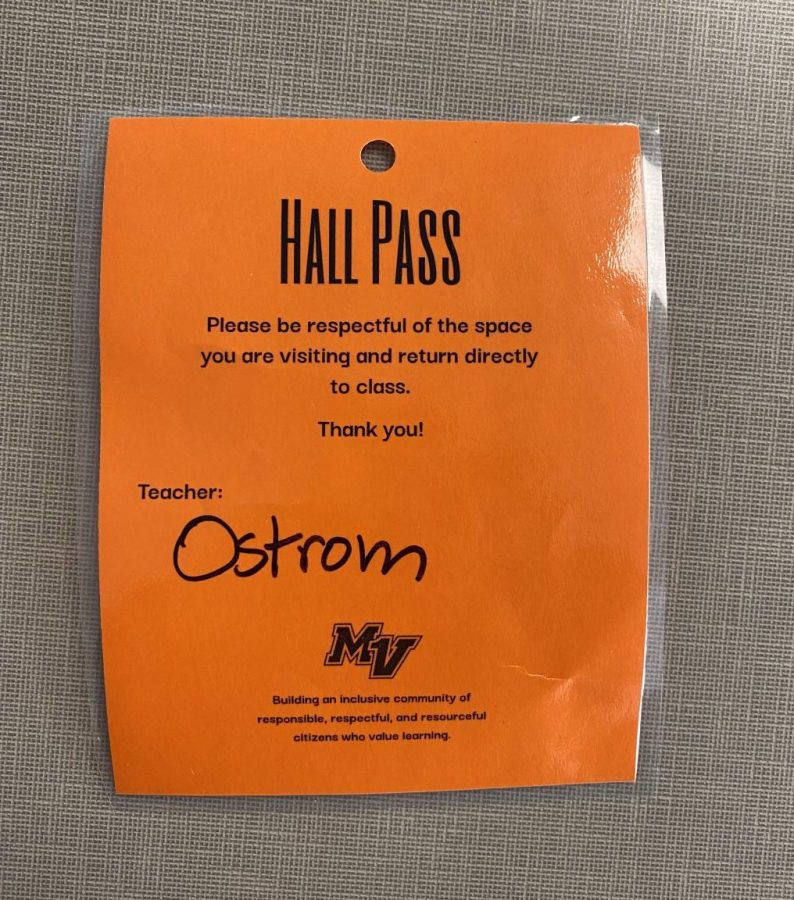
![[DEBATE] Should advanced classes be eliminated?](https://www.mvviewer.org/wp-content/uploads/2024/01/Untitled161-2-1200x796.png)
![[DEBATE] What’s better? Coed vs single-gender schools](https://www.mvviewer.org/wp-content/uploads/2023/12/Untitled153_20231215153759-1-1200x405.png)
![[DEBATE] Should legacy admissions still exist?](https://www.mvviewer.org/wp-content/uploads/2023/12/IMG_1460-1200x1200.jpg)
![[DEBATE] Should there be an age limit to run for office?](https://www.mvviewer.org/wp-content/uploads/2023/12/Page-8-Debates-Issue-2.pdf-820x1200.png)


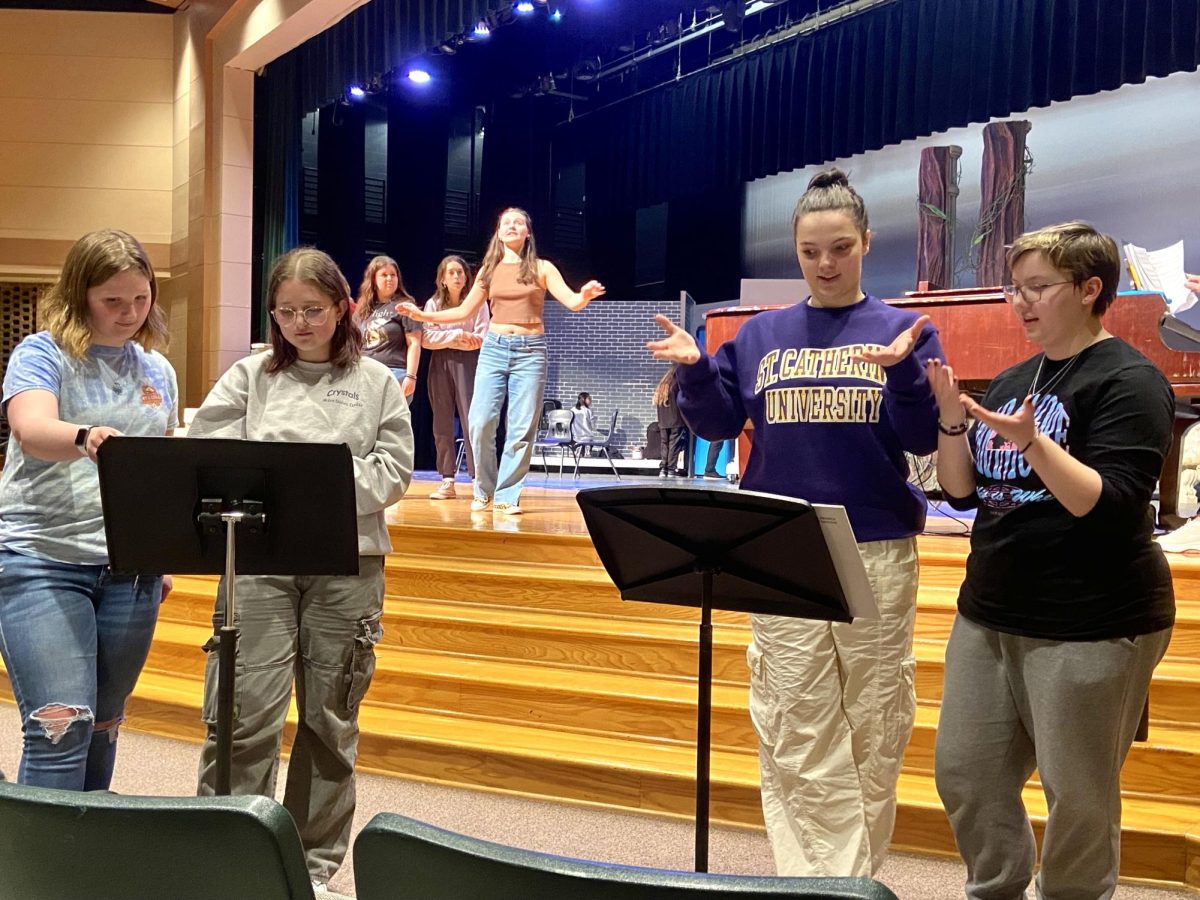




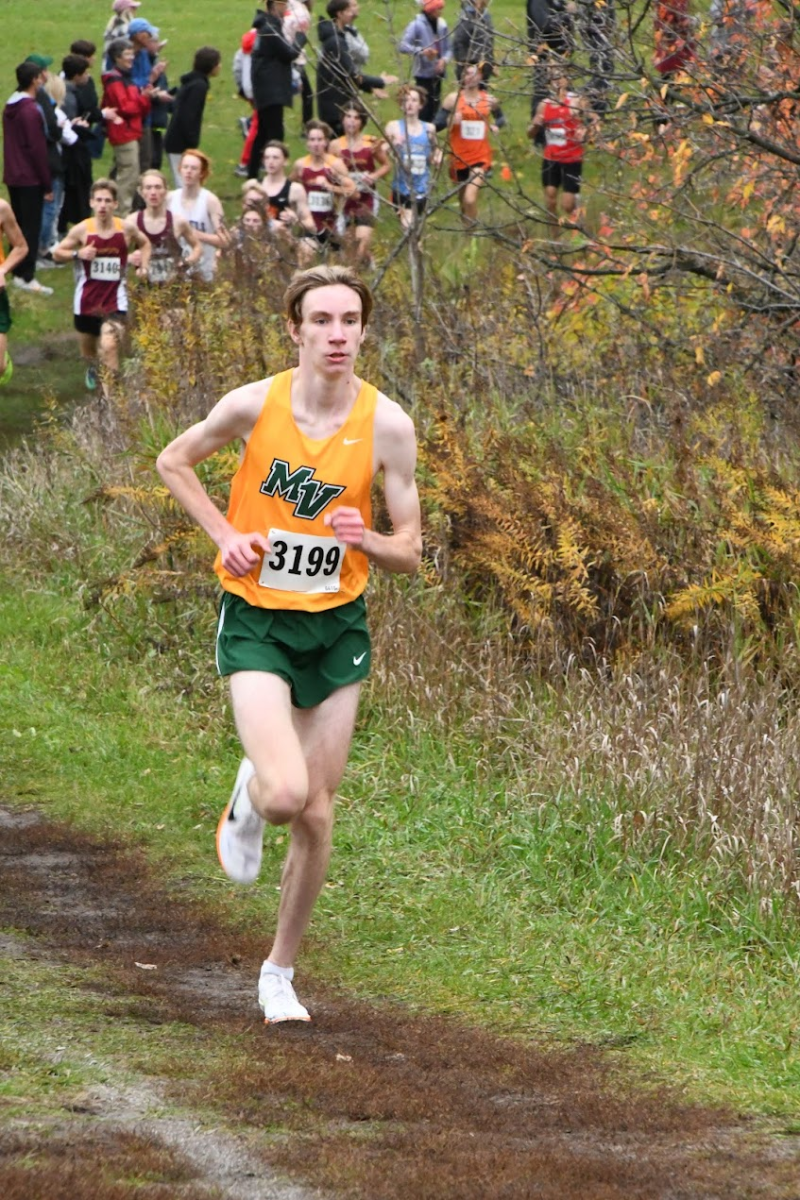



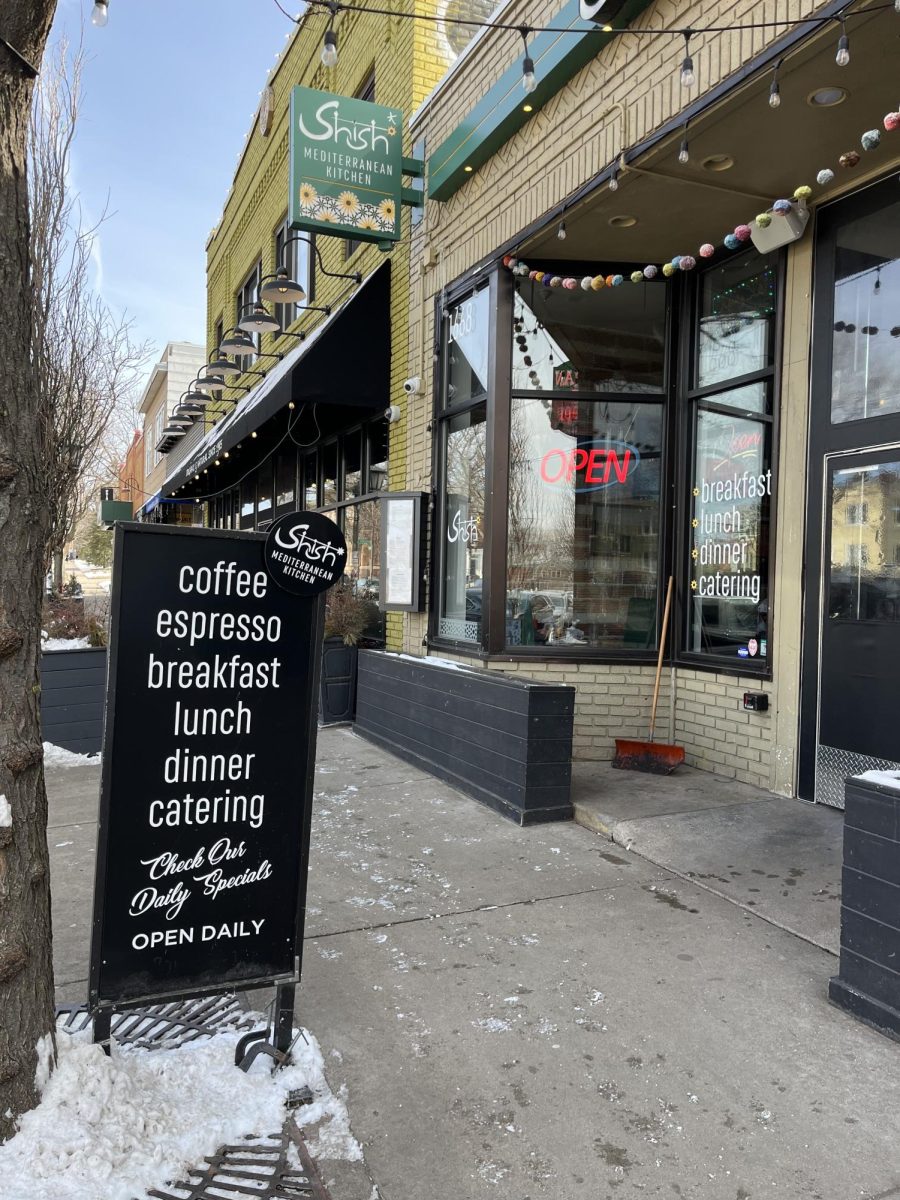
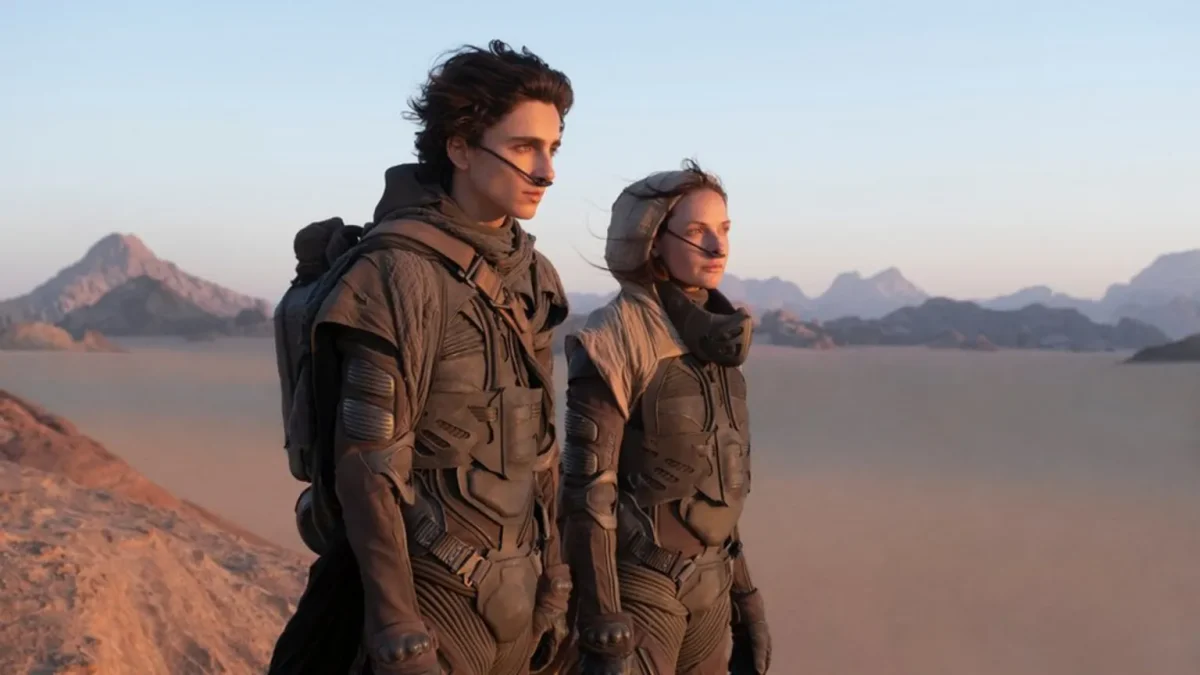









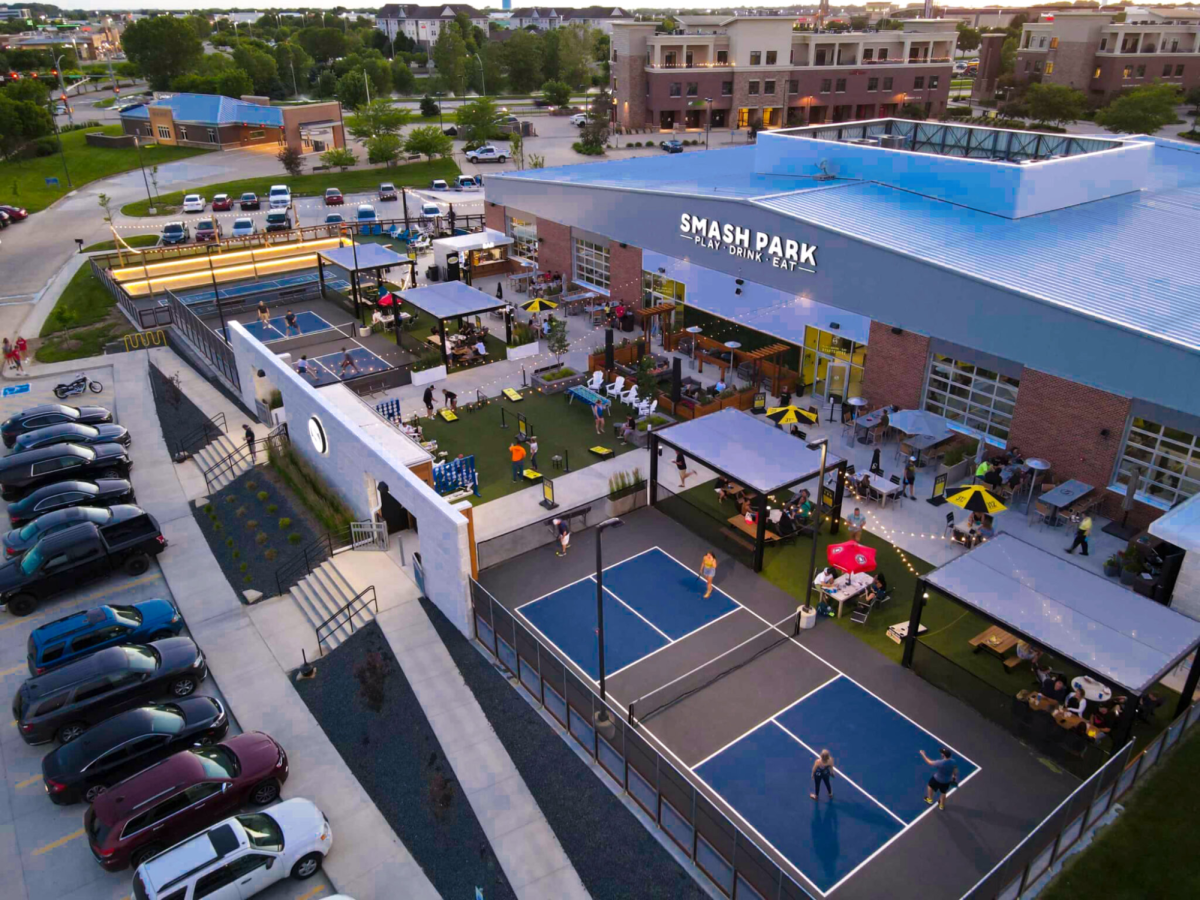



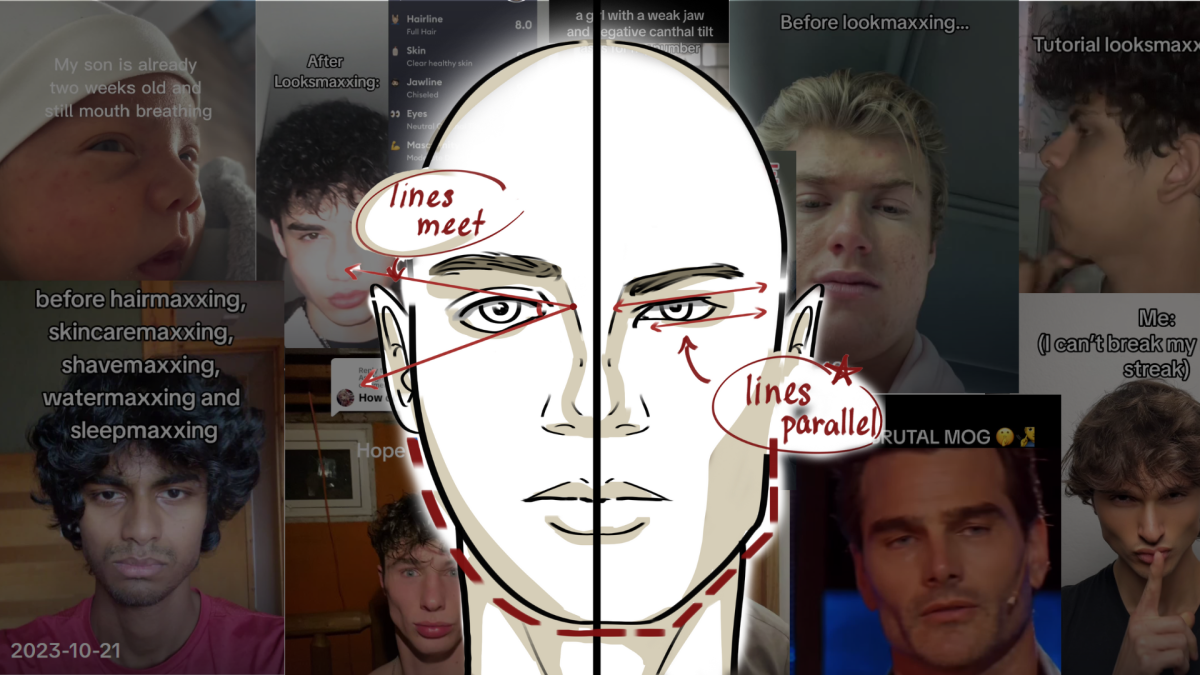


![[OPINION] The dark origins of TikToks looksmaxxing trend](https://www.mvviewer.org/wp-content/uploads/2024/02/Copy-of-Copy-of-Untitled-Design-1200x675.png)
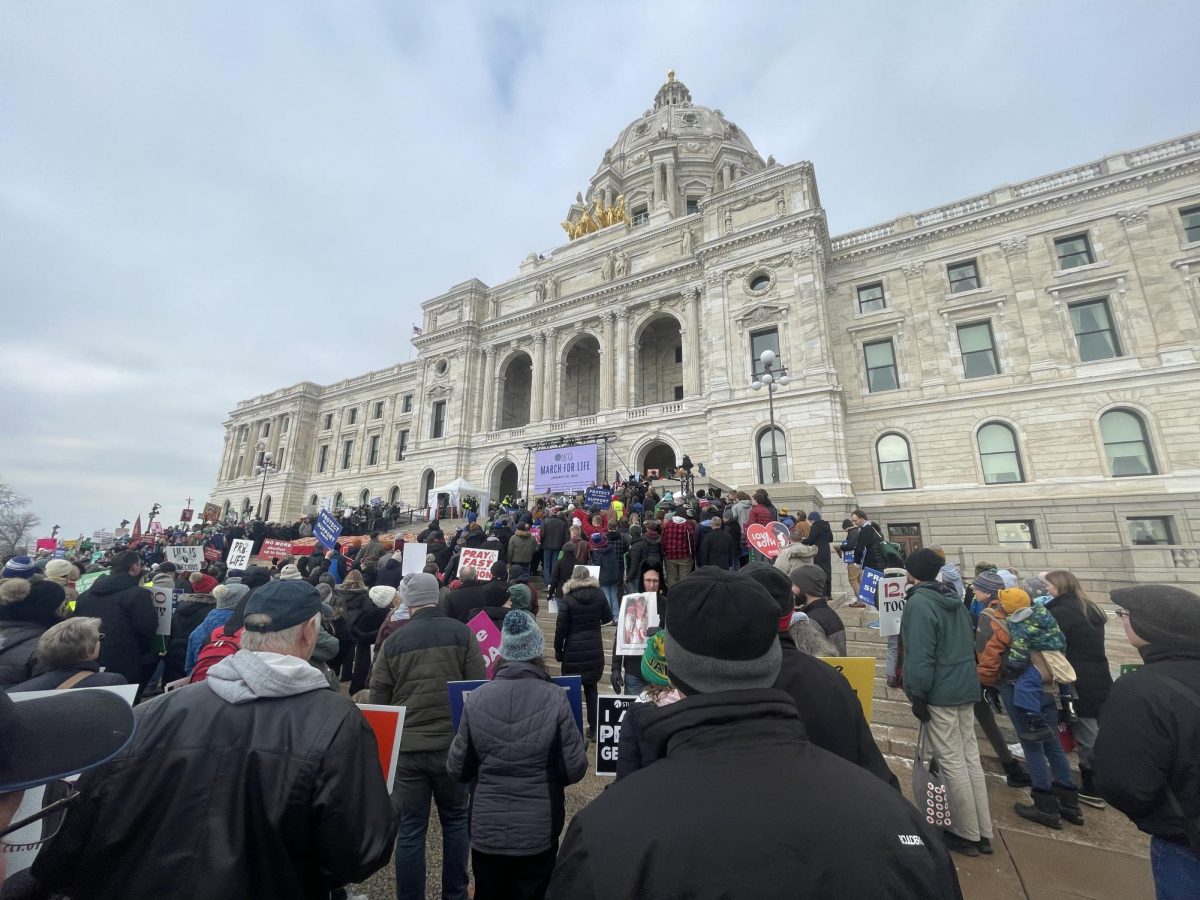


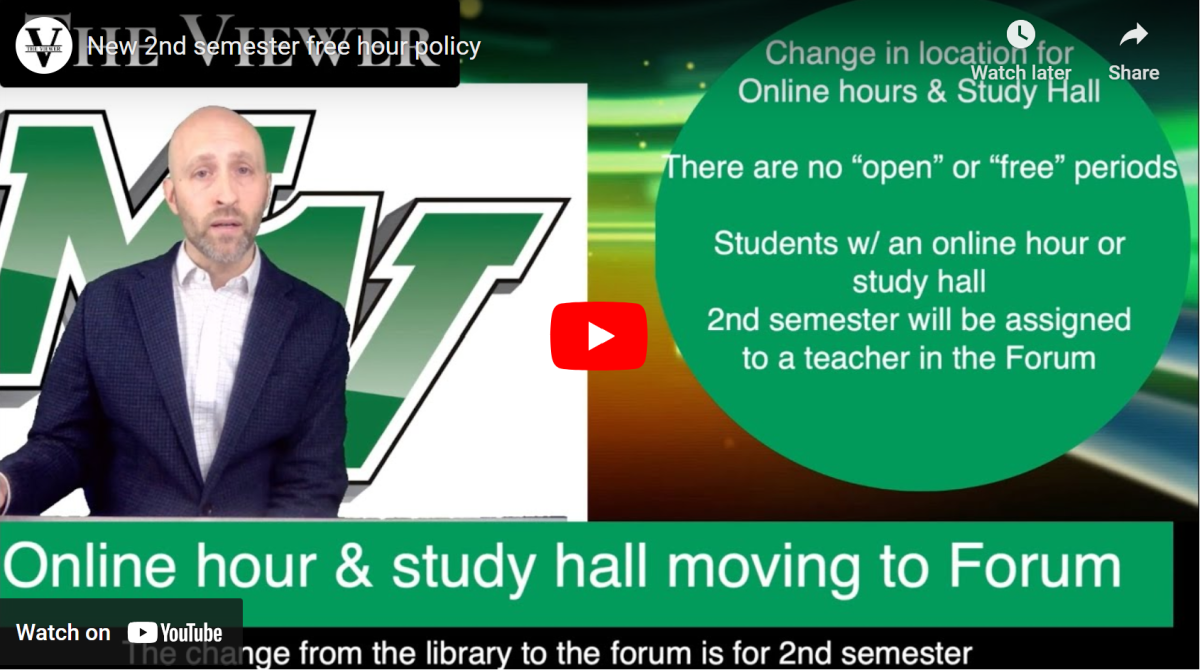




![[DEBATE] What’s better? Coed vs single-gender schools](https://www.mvviewer.org/wp-content/uploads/2023/12/Untitled153_20231215153759-1-600x202.png)
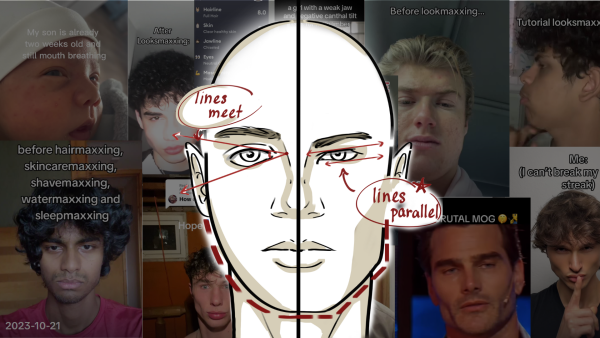
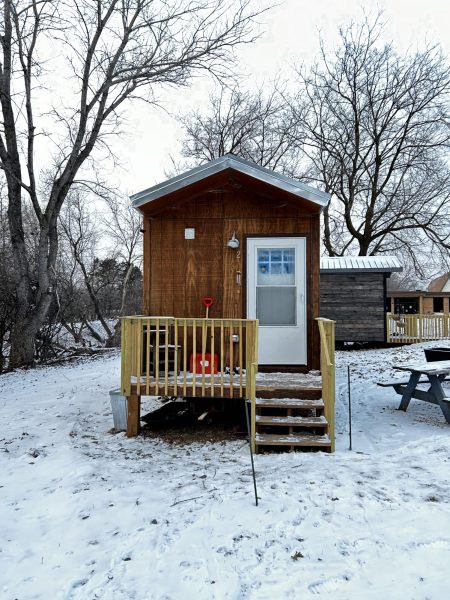
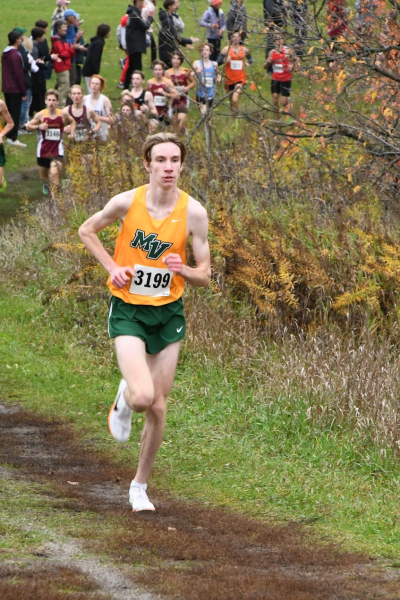
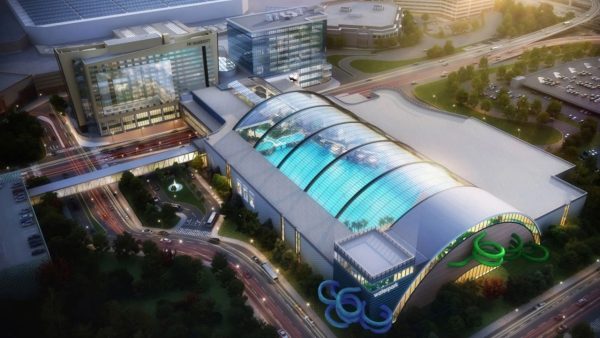

![[DEBATE] Should advanced classes be eliminated?](https://www.mvviewer.org/wp-content/uploads/2024/01/Untitled161-2-600x398.png)